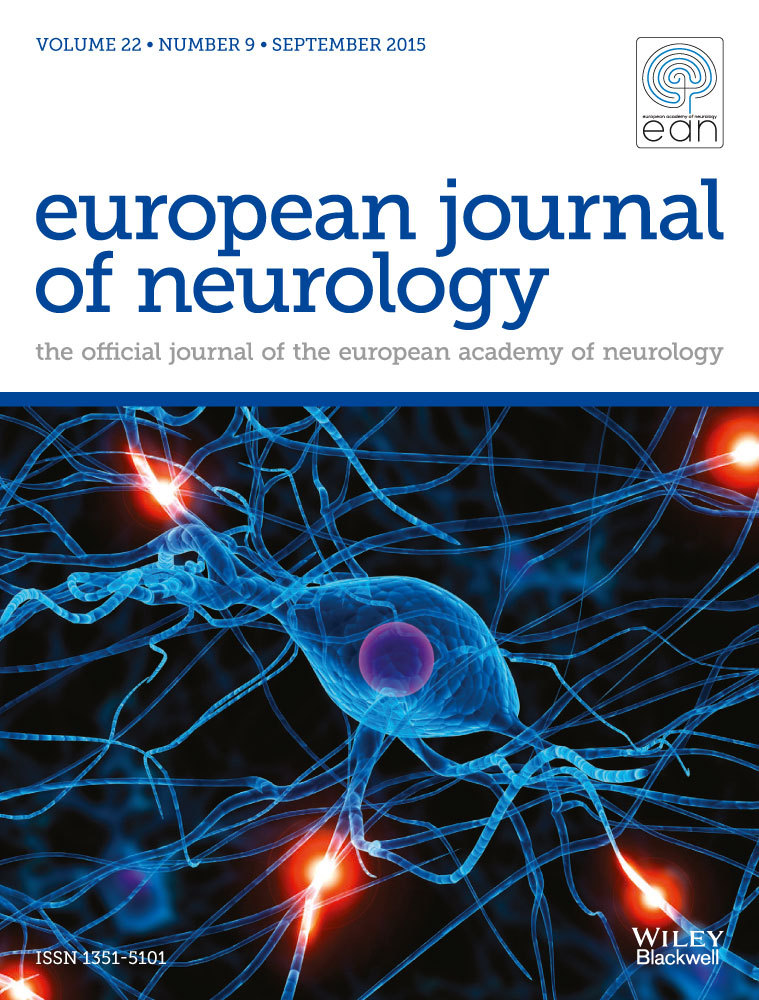Left parietal cortex transcranial direct current stimulation enhances gesture processing in corticobasal syndrome
Abstract
Background and purpose
Corticobasal syndrome (CBS) is a clinical entity characterized by higher cortical dysfunctions associated with asymmetric onset of levodopa-resistant parkinsonism, dystonia and myoclonus. One of the most typical and distressful features of CBS is limb apraxia, which affects patients in their everyday life. Transcranial direct current stimulation (tDCS) is a non-invasive procedure of cortical stimulation, which represents a promising tool for cognitive enhancement and neurorehabilitation. The present study investigated whether anodal tDCS over the parietal cortex (PARC), would improve ideomotor upper limb apraxia in CBS patients.
Methods
Fourteen patients with possible CBS and upper limb apraxia were enrolled. Each patient underwent two sessions of anodal tDCS (left and right PARC) and one session of placebo tDCS. Ideomotor upper limb apraxia was assessed using the De Renzi ideomotor apraxia test that is performed only on imitation.
Results
A significant improvement of the De Renzi ideomotor apraxia test scores (post-stimulation versus pre-stimulation) after active anodal stimulation over the left PARC was observed (χ2 = 17.6, P = 0.0005), whilst no significant effect was noticed after active anodal stimulation over the right PARC (χ2 = 7.2, P = 0.07). A post hoc analysis revealed a selective improvement in the De Renzi ideomotor apraxia score after active anodal stimulation over the left PARC compared with placebo stimulation considering both right (P = 0.03) and left upper limbs (P = 0.01).
Conclusions
These findings indicate that tDCS to the PARC improves the performance of an ideomotor apraxia test in CBS patients and might represent a promising tool for future rehabilitation approaches.




